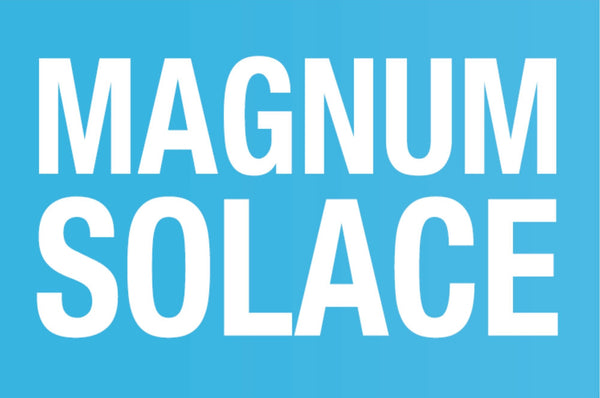Battle of the Baths
Share
If you’re a runner or athlete, you’re probably no stranger to sore muscles. And if you’re an extreme athlete, you know the importance of recovery. You’ve probably heard different recommendations from friends in your workout circles on how to recover properly after a workout. But it’s also likely that you’ve heard conflicting, or at least different, recommendations.
Most of us can agree that hydrating, refueling with healthy food, and getting restful sleep is important after a particularly grueling training session. But what’s the verdict on baths? Some people insist that a plunge into a frigid ice bath is a must, others encourage a hot salt bath. So, what’s the deal?
Ice baths
This just what it sounds like. Ice. In a tub. With some water. Generally ice baths run between 50 and 60 degrees, and while that might not sound very cold, it’s pretty darn cold. Usually, soaking in an ice bath lasts for about 10 minutes max. (1)
The thought behind ice baths.
You sprain an ankle, you ice it. You bump your head, you ice it. Ice has long been used to reduce pain, calm inflammation and speed healing, so it’s no surprise that exercise enthusiasts are eager ice their entire bodies. Ice baths constrict blood vessels to reduce post-workout inflammation and pain. (1)
When ice baths are best.
Ice baths can help prevent muscle soreness, and can be helpful immediately after a challenging training session. But make note, some research suggests that ice baths can actually stunt the body’s natural muscle building process, and can inhibit progress towards building muscle. (2) So while it can stop extreme soreness from developing, it can also stop some of the muscle growth you want to happen. Ice baths have their place though and can be used in a pinch, like when you need to recover quickly before a race or event. (3)
Salt baths
Most likely you’ve heard people recommend epsom salt baths. Our Dead Sea bath flakes are very similar, they’re magnesium you add to a bath. But because our flakes are magnesium chloride rather than magnesium sulfate, they are actually more easily absorbed by the body for longer lasting salt-bath benefits.
The thought behind salt baths.
Soaking in warm water dilates blood vessels which increases circulation. Increased circulation can help loosen stiff joints and improve mobility. (2) Adding magnesium to a bath can help reduce pain and inflammation, relax muscles, and cultivate tissue regeneration.
When salt baths are best.
You don’t want to dilate blood vessels immediately after working out. Rather, it’s better to use warm salt water on muscles to promote healing a couple of days after a tough session. (3) Alternatively, a warm salt bath can also be used before a workout to help warm up tight muscles and improve mobility for exercise. Soak for 10 - 15 minutes in a warm magnesium bath and follow it with some stretching to help calm down any particularly tight areas. (1)
The final verdict.
In between foam rolling, green smoothies, yoga, stretching and all the other recovery practices you’ve implemented into your routine - baths DO have their place. Science says that ice and heat each have a role in muscle recovery, but should be used at different times with different goals in mind.
Ultimately, it’s best to try out the techniques for yourself to see how your body responds. But, don't wait until the night before your big race or competition to try something completely new. Try out an ice bath and a magnesium bath another time when stakes are lower. That way you can see how your body feels afterwards, and use the baths when they’ll best serve your purposes.
*As with any supplement or home remedy, be sure to check with your doctor to ensure adding a new practice to your health routine is safe for you.*
(1) https://www.verywellfit.com/soak-in-hot-or-cold-water-2911366
(3) https://www.runnersworld.com/uk/training/a776522/hot-bath-or-ice-bath-which-is-best-for-recovery/
